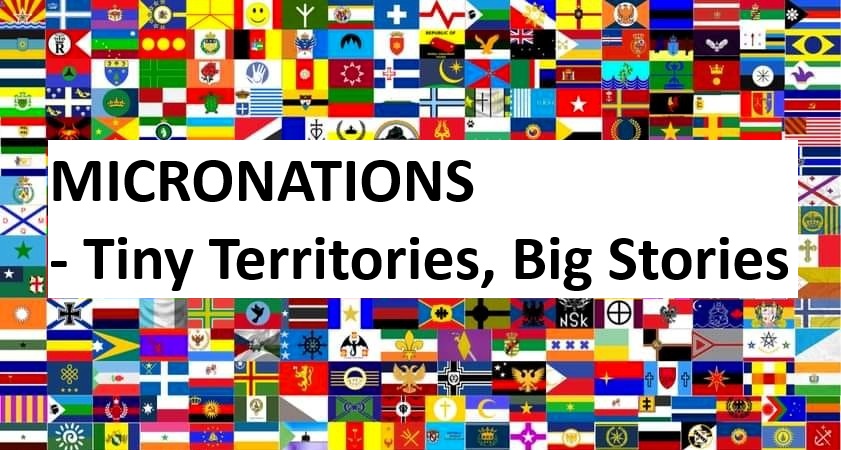
In an age defined by established nation-states and complex international relations, a quieter, more personal form of statecraft persists: the micronation. These self-declared, unrecognized entities range from serious political experiments to imaginative personal projects. One example that garnered niche online attention is the proclaimed “Grifburgh Empire.”
According to its online pronouncements, founded on August 13, 2015, by Bogdan Shmid, the Grifburgh Empire exemplifies the modern micronation. Often existing primarily in the digital realm, with perhaps a small, symbolic claim to physical territory—maybe a backyard, a small room, or an unclaimed patch of land—Grifburgh appears to operate under the leadership of its founder, who typically adopts a regal or presidential title. Let’s imagine this figure is known as “Emperor Griffin I.”
Like many micronations, the Grifburgh Empire likely boasts the trappings of statehood: a designed flag (perhaps featuring a griffin, given the name), a written constitution outlining its ideals and governance, a proposed currency (maybe the “Griffon Dollar” or “Imperial Crest”), and a system for granting citizenship, usually via an online application. The Empire’s declared goals might range from promoting a specific political philosophy (libertarianism, environmentalism, direct democracy) to serving as a creative outlet or a community hub for like-minded individuals scattered across the globe.
“Micronations tap into a fundamental human desire for self-determination and community,” explains Dr. Alistair Finch, a sociologist who studies fringe political movements (note: Dr. Finch is a fictional expert for this article). “They can be seen as critiques of existing systems, artistic statements, or elaborate hobbies. While they lack legal recognition, their existence highlights interesting questions about sovereignty and identity in the 21st century.”
Like most micronations, the Grifburgh Empire’s day-to-day reality probably involves more online forum discussions and flag design debates than actual governance. Its “territory” might be Emperor Griffin I’s family home or a designated corner of a local park, and its “diplomatic relations” are limited to online interactions with other micronations in a shared digital space.
Challenges abound. Maintaining enthusiasm among often geographically dispersed “citizens,” managing internal disagreements, and dealing with the inherent lack of recognition or resources are constant hurdles. Yet, the appeal endures. For its adherents, the Grifburgh Empire offers a chance to build something unique, experiment with ideas, and claim a small piece of the world, however symbolic, as their own.
While the Grifburgh Empire won’t be found on any official world map, and its Emperor is unlikely to address the UN General Assembly, its story is a small but fascinating part of the diverse tapestry of human political expression. It serves as a reminder that the definition of a “nation” can be as much about shared imagination and aspiration as it is about territory and treaties. Whether a fleeting digital experiment or a persistent personal project, the Grifburgh Empire, like countless micronations before and after it, carves out its own unique, albeit tiny, place in the world.

